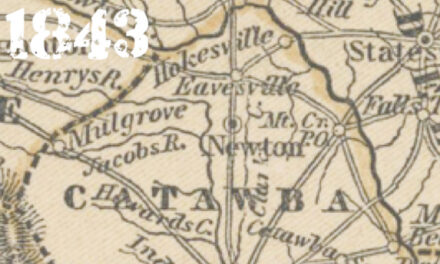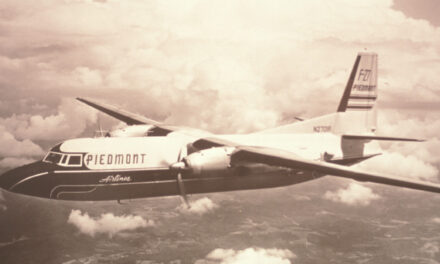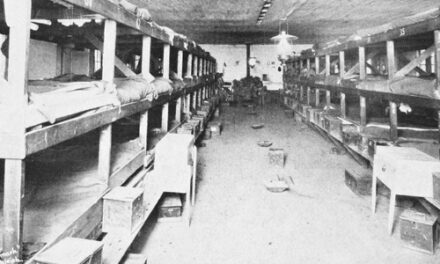
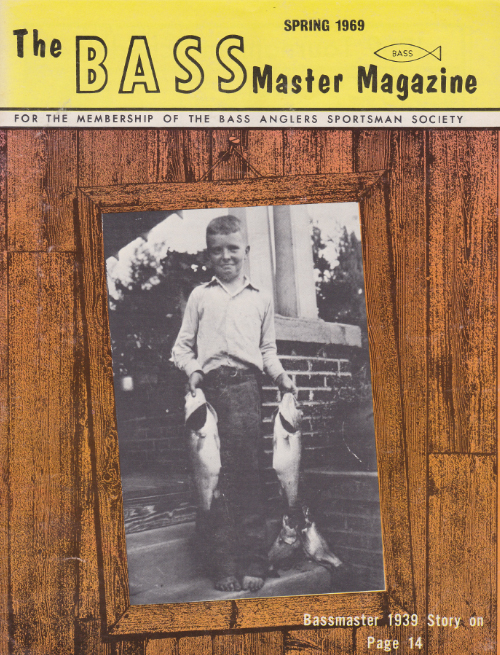
Picture of Blake Honeycutt just a few years after his heroic (and landscape changing) rescue. The image was taken in 1939 but showed up on the cover of Bass Master Magazine 30 years later.
A few weeks back, I wrote several stories on the Hickory Regional Airport. I had no thought as to why it was located where it was. Up on a flattened hill, seemed logical. But a reader who knew about where the first Hickory airfield was located provided me with a story I just had to pass on.
In the early, early days of flight an airfield existed that ran parallel to Sandy Ridge Road. It was located on 16 acres where the Oak Knolls development is now situated. As Rhodney Honeycutt described it, the northern end of the dirt runway was at the intersection of 29th Ave. NE and Sandy Ridge Road. Planes flew in and out for various reasons but the mainstay of the landing strip was for delivery of airmail to Hickory.
As a kid, Blake Flay Honeycutt was fascinated by the ability of man to achieve heavier than air flight. The feat captured the imaginations of a whole generation who grew up in the 1920s and 30s. That’s how Piedmont Airlines got started, but that’s another story. In 1937, Blake’s mother, Josie Dean Kenworthy Honeycutt was watching a plane coming in for a landing from her kitchen window where she was washing dishes, an indication of just how close the Honeycutt farm was to the airfield. What she saw horrified her, and it just kept getting worse as the incident unfolded.
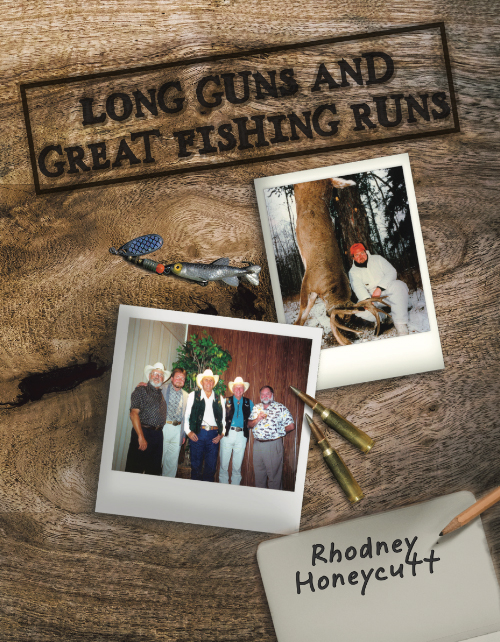
Rhodney Honeycutt’s new book Long Guns and Great Fishing Runs will be available this fall from Redhawk Publications.
The plane “sputtered and smoked” on the approach, probably the result of an engine fire. Unable to handle the emergency, the pilot came in “hot.” The plane crashed into some trees and brush at the end of the runway. Shocked, she didn’t know what to do. However, her seven-year-old son did. To her even greater “horror,” Mrs. Honeycutt watched Blake “run across the street and jumped on the bottom wing of the mail bi-plane.” With the fuselage burning, he helped the pilot “get out of the open air cockpit.”
Pride in her son’s bravery was secondary to the danger he had put himself in, she reasoned. Instead of applauding his lifesaving effort, she was hopping mad at the risk he took with his own life. When Blake’s father, Grover Gaither Honeycutt “came home from a long day of electrical line work, she refused to serve him dinner until something was done.” Mr. Honeycutt visited the land owner and bought the property that night. He then informed the folks running the landing strip that he would not renew their lease. Hickory’s airport would have to look for another location. We don’t know if he told the them reason why, but he probably did.
It’s hard to image what the landscape looked like before it became what we see today. Rhodney Honeycutt told me that the house of his grandparents once sat where the SECU building is now located. The old oak tree can still be seen today, where the family prepared vegetables for canning, butchered hogs in the fall and churned ice cream after church in the summer. Those times are gone but the landscape remains, reoriented for the next generation. Everything happens for a reason and now I know why the Hickory Regional Airport is not flying out of northeast Hickory.
By the way, Rhodney has a new book coming out this fall that details many of his exploits as a big game and fishing adventurer. It is called “Long Guns and Great Fishing Runs.”

